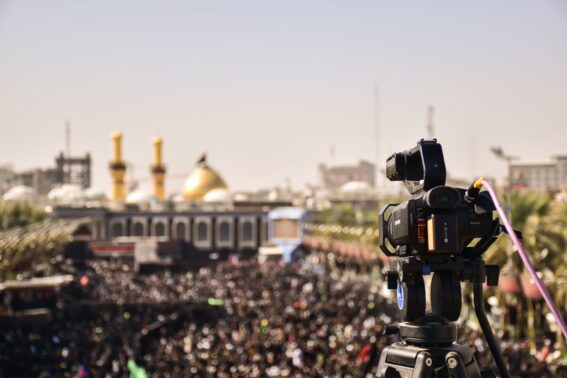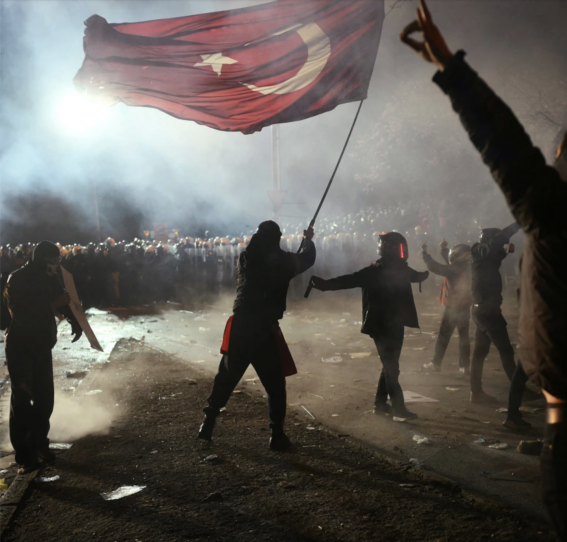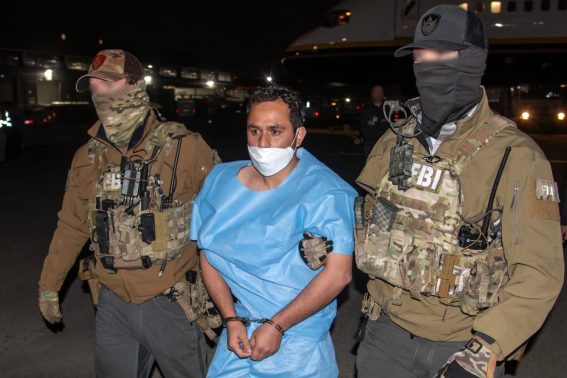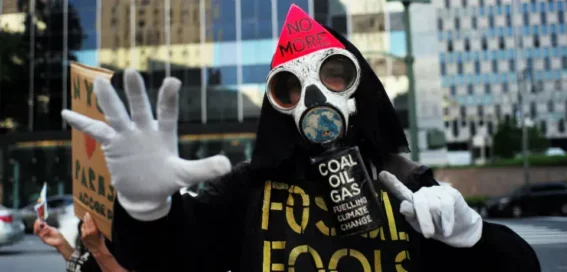Yesterday morning, on the 18th of May, the world awoke to news of yet another act of directed violence. In Palm Springs, a suicide bomber targeted a fertility clinic. The attacker himself was the only fatality, though several others were injured, and neither were the IVF tubes and stored eggs damaged.
This was an attack that, at first glance, seemed unmoored from the recognizable patterns of modern terrorism. There was no manifesto signed by a well-known extremist group, no invocation of a nationalist or religious cause, nor even the faintest echo of those familiar dogmas that once animated the lone-wolf terrorist. Instead, what emerged was a bewildering “FAQ” page, posted online and paired with a live-streamed recording of the attack itself. Here, in plain, affectless language, the perpetrator offered up a word-salad of ideology: radical veganism, anti-natalism, negative utilitarianism, pro-mortalism, abolitionist anarchism, antinatalism, and a militant, almost parodic atheism. The list goes on.
What sense are we to make of this ideological jumble? What does it mean when the violence of the age comes not dressed in the colors of a recognizable banner, but in the patchwork of borrowed slogans, philosophical fragments, and internet subcultures?
This is not merely the story of one individual’s descent into violence. It is symptomatic of a structural transformation in the spirit of terrorism itself, where a collapse of grand ideological narratives and their replacement by an unstable bricolage has been assembled from the debris of the internet’s endless marketplace of identity and meaning.
The Online Bricolage: Shopping for Identity
The perpetrator of the Palm Springs attack, 25-year-old Guy Edward Bartkus, was, in many ways, a digital everyman. Their manifesto, if it can be called that, reads less like the political declarations of yesterday’s radicals than the notes of a terminally online user searching, desperately, for a sense of ontological anchoring. In a series of FAQs, which won’t be linked here due to the sensitivities around linking terrorist manifestos, he describes himself as a “promortalist” – a label so esoteric that its explanation requires several hyperlinks and a backup YouTube channel in case the original is taken down. He rails against procreation, the “disease of life,” and invokes negative utilitarianism: a philosophical stance that seeks to minimize suffering even at the cost of extinguishing sentient life itself.
But there is no program here, no positive vision of the future, no collective struggle to be waged. There isn’t even a group upon which to make of himself a martyr for the cause. Instead, the logic of the attack is both hyper-individual and terminally abstract; a move to end suffering by ending the sufferer, and to make a spectacle of annihilation not for glory, but for the dissemination of a set of viral ideas.
In the flurry of online commentary that followed, users dissected his influences: veganism, antinatalism, anti-sexuality, abolitionist anarchism and depressive nihilism. Each school is a world unto itself, yet the perpetrator stitches them together as one might assemble a playlist: “a subreddit for antinatalists and vegan abolitionists,” “a support group for vegans struggling with the trance-like collusion with a dystopian world,” “a forum for antinatalists who also endorse negative utilitarianism.”
One is struck not by the logic but by the sheer multiplicity of reference points, but rather its desperate attempt to construct identity in a void.
From Coherent Movements to Stochastic Agents
For most of the twentieth century, terrorism made itself intelligible through frameworks of ideology: anarchism, fascism, ethno-nationalism, religious millenarianism. The violence, however abhorrent, was readable as the means to a political end. Even the lone wolf was a shadow cast by a larger collective; a product of radical milieus, underground cells, or ideological vanguards. The ‘Propaganda of the Deed’ , exalting political assassinations and bombings, aimed to create the “spirit of revolt” in the people by demonstrating the state was not omnipotent and by offering hope to the downtrodden, and also to expand support for anarchist movements as the state grew more repressive in its response. Terrorism had a language through which politics could be interpreted.
But as Joshua Citarella and others have argued, the internet has changed the conditions of radicalization. It has created new pipelines, new liminal spaces where ideological cross-contamination is not just possible but inevitable. The online actor is always one or two clicks away from a radically different worldview; the boundary between philosophies has dissolved into a swirling pool of hashtags, subreddits, Discord servers, and algorithmic suggestions. In this case, it bears investigating what kind of Discord pseudo-life Bartkus led, and if it contained aspects of what is now coming to be understood as a kind of ultra-modern cult, whereby the use of a specific Discord server creates a set of experiences that are not dissimilar to that of a cult.
What emerges here is not the coherent soldier of a movement, but a stochastic terrorist, an individual shaped by the logic of networks, whose motives are not intelligible through the usual typologies. The Palm Springs attacker is the perfect emblem of this transformation. His FAQ page is not a call to arms but a set of hyperlinks, each one a doorway to a digital subculture that bleeds into the next, each one an index of the platform’s endless “choose your own adventure” approach to ideology.
The logic of stochastic terrorism, as Citarella notes, is that of the “event” rather than the movement. It is unpredictable, non-linear, and marked by a jarring incoherence.
Blurred Boundaries
In his final answer to “what finally put you over the edge?”, the perpetrator does not mention politics, nor policy, but the suicide of a close friend. The story is intensely personal, marked by loss, isolation, and the sense of apocalypse. He confesses to never having related to someone so much, and speculates that if one died, the other would soon follow. The boundaries between personal grief, online subculture, and philosophical abstraction are blurred.
What is most telling is not the content of his ideology, but its shape: fractured, contradictory, and deeply liminal. This is not the act of a true believer, but of a subject for whom identity is endlessly shopped for, sampled, discarded, and then remixed, over and over, in the online market place of ideas. Each community offers a fleeting promise of meaning, and each, ultimately, fails to deliver.
The attack, then, is not merely an act of violence but a kind of anti-ritual: the attempt to inscribe oneself into history through negation, to become visible in a world where identity has become an endless act of self-curation.
The Age of Ideological Liquidity
What, finally, can be said of the Palm Springs suicide bomber? He is not the product of a single doctrine, but of the collapse of doctrine itself. In his manifesto, there are echoes of older forms – nihilism, anarchism and millenarian despair. But what dominates is the sense of wandering through a labyrinth of philosophical options, none of which can finally ground the self or provide a coherent cause.
This is the new face of stochastic terror: liminal, ideologically unstable, marked by an “aesthetic” of extremity rather than a logic of action. The attack on the fertility clinic is not simply an act of violence, but a symptom of the collapse of ideological boundaries in the digital age. It represents a world in which the terrorist, no less than the ordinary user, shops endlessly for a sense of meaning in a marketplace where every position is temporary, every commitment provisional, and every act of violence another attempt to break through the noise.
As we confront the challenges of the coming years, it is not enough to ask what these actors believe. We must ask how they come to believe at all, and what it means to be radicalized in a world where the only stable identity is that of the self searching, endlessly, for itself.
By Etienne Darcas, Counter-Terror Research Fellow and Media & Terror Program Lead, Rise to Peace












